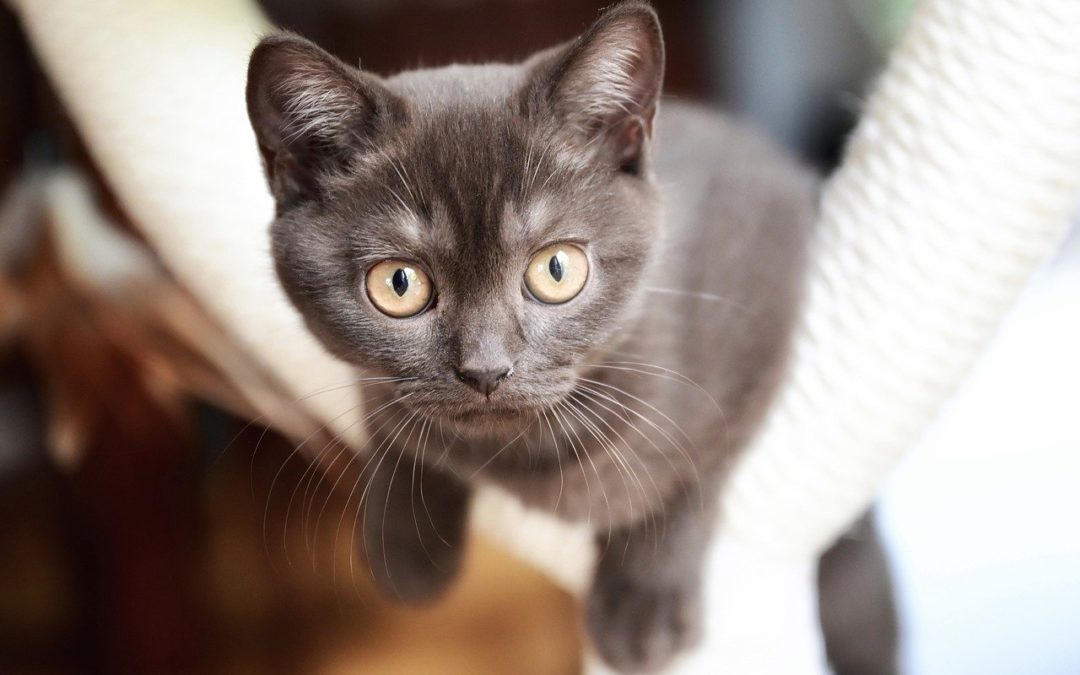Much like ours, a cat’s eyes can be very sensitive and can easily be susceptible to infection or injury. However, with proper care and hygiene, you can prevent your four-legged friend from suffering with close monitoring.
What are common eye problems in pets?
Pets can suffer from all manner of eye conditions—some hereditary, some caused by trauma or infection, and some caused by old age. The most common eye problems in pets include:
- Corneal ulcers — Trauma that damages the sensitive cornea, such as thorns, claws, or other foreign objects, is often the underlying cause for corneal ulcers.
- Glaucoma — When fluid drainage from the eye is disrupted, pressure builds up and leads to glaucoma, a painful ocular condition.
- Cataracts — The eye lens can develop a cloudy, opaque cataract that interferes with vision and may also lead to glaucoma.
- Keratoconjunctivitis sicca (KCS) — KCS, or dry eye, is a disease that occurs when the tear gland produces too few tears to adequately lubricate the eye.
- Cherry eye — In addition to the two visible eyelids, your pet has a third eyelid that typically hides from view in the inner corner of the lower eyelid. The third eyelid contains a tear-producing gland that may pop out of place.
- Entropion — Some pets have eyelids that roll inward, causing the eyelashes and hair to rub against the cornea. This condition is most commonly an inherited trait.
What are eye problem signs in pets?
If your pet develops an eye problem, its ocular health can rapidly deteriorate. At the first hint of one of the following signs, contact our team:
- Increased tear production
- Mucus drainage
- Squinting
- Cloudy appearance
- Eye inflammation
- Rubbing or pawing at the eyes
- Visible third eyelid
How can I keep my pet’s eyes healthy?
Although you cannot do much to stave off congenital or age-related eye conditions in your pet, you can help keep their eyes healthy with the following tips:
- Remove hanging hair from around your pet’s eyes with blunt-tipped scissors
- Remove mucus and eye discharge from your pet’s eyes with a warm, damp washcloth
- Schedule regular appointments with our veterinarian for ocular exams
Contact our team to schedule your pet’s eye exam to ensure your cat maintains their 20/20 vision for as long as possible!

